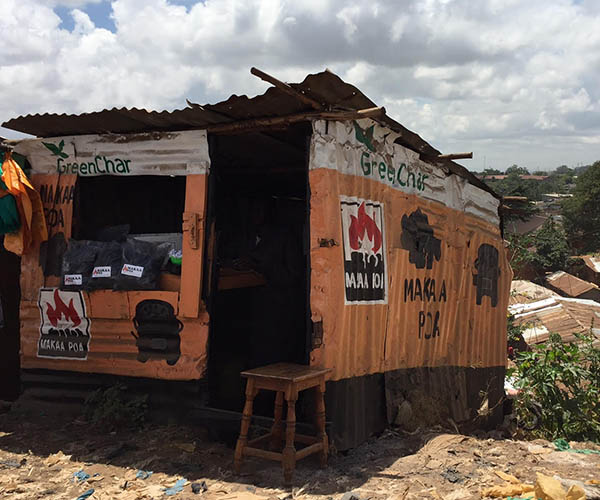
Impact investing is not a mindset, it is a spectrum of opportunities. A spectrum, as impact investing spans the plethora of investment opportunities, asset classes, and risk profiles, plus the vast array of impact.
This post comes midway through my first trip to Africa, on a trip organized by Investors Circle, and thus with events focused solely on early-stage mission-driven for-profit enterprises, a.k.a. startups.
I’ve been investing for two years in African entrepreneurs, but this is my first time on the continent. For the past two years, I’ve been importing the entrepreneurs to Seattle through Fledge, my conscious company accelerator.
Unsurprisingly, there is no substitute to seeing their businesses first-hand vs. seeing pictures and movies while sitting in downtown Seattle at the Impact Hub. No amount of pictures can replace physically walking through the Kibera slum, to see the kiosks where GreenChar sells its charcoal briquettes.
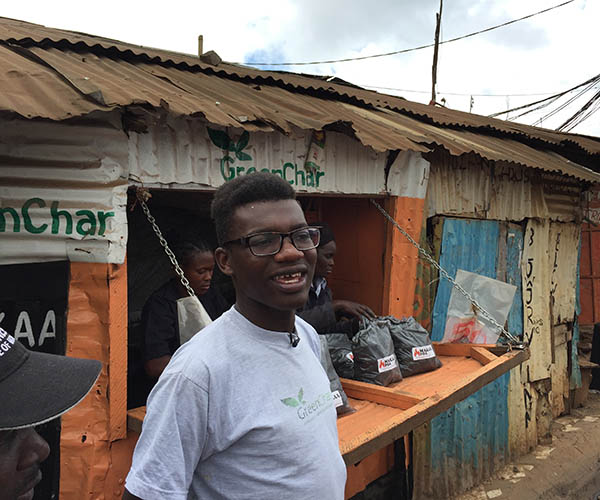

The poverty in this neighborhood is unimaginable. The smells at time overwhelming. The ground strewn with trash. Pictures and movies don’t do it justice.
Taking it all in, the best description of my mood at the time was stunned.
As someone who likes to solve problems and take actions, my first inclination was to empty my pockets of shillings and dollars, hand it to the women running the kiosk, and tell them to give away charcoal to the next 1,000 customers.
Standing in that slum, I finally understood why there is so much philanthropy and so many NGOs here in Africa. It is so easy to get caught up in the needs, and turn to the simple solution of giving away products and services. A solution that doesn’t scale.
From Kibera we then went to visit Tom’s old High School, where he and three classmates first dreamed up GreenChar. A boarding school of 1,500, serving over 4,500 meals per day, cooking all that food in giant kettles primarily powered by firewood, testing out GreenChar’s industrial product, Long Burn.
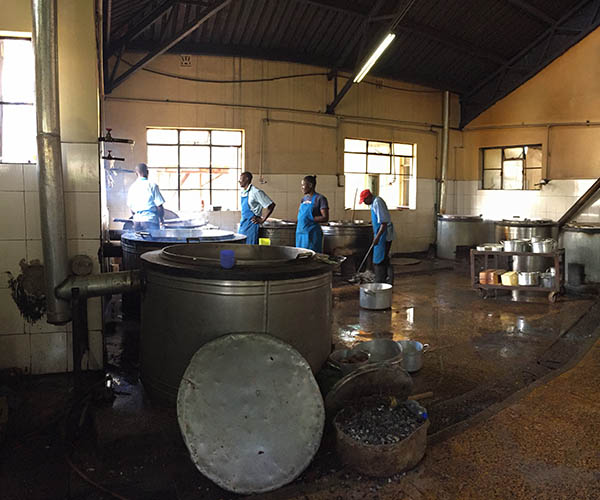
Kenya has a major deforestation problem, and thus we learned that the school had to plant its own forest to reliably source their cooking fuel. They’d prefer to switch completely over to Long Burn, which is made from sugarcane waste, but at the moment GreenChar doesn’t have enough equipment to meet the needs of this one school.
Standing in the smoke-filled kitchen (the cooking was done when the picture was taken), that philanthropy desire returned, but this time my impact investing instincts kicked in, and I managed to corner Tom and run through the basic financials. $13,000 for another extruder, and a few shillings of profit per kg. Plus another 10 schools interested in the product, and thus sufficient demand for at least three more extruders.
Reality is of course more complicated, with investment terms to be figured out, total capital needed for the year, etc. Impact investing is far more complicated than philanthropy, but if done right, GreenChar will eventually be self-sustainable while growing, which no NGO can match.
If you’d are or would like to be an impact investor, contact me and I’ll tell you what I know about GreenChar and introduce you to Tom. If you want to help as a philanthropist, visit Realize Impact for a two-click tax-deductible donation.

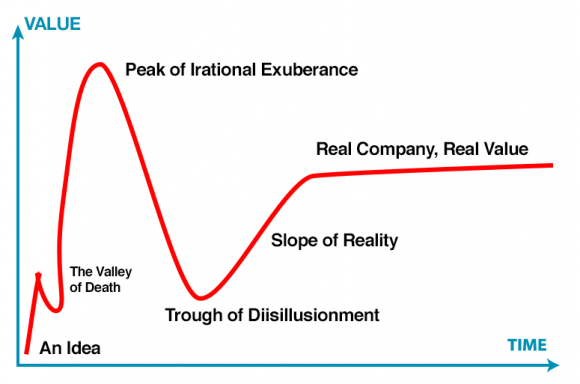


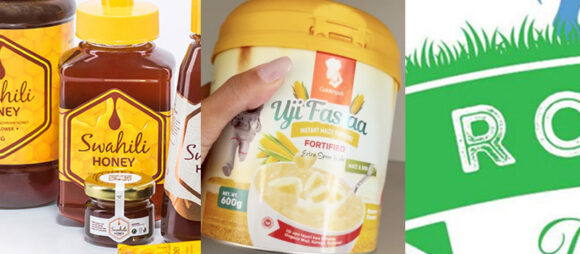










[…] Luni Libes, an investor who mentors Tom since May 2015, “There is no substitute to seeing their […]